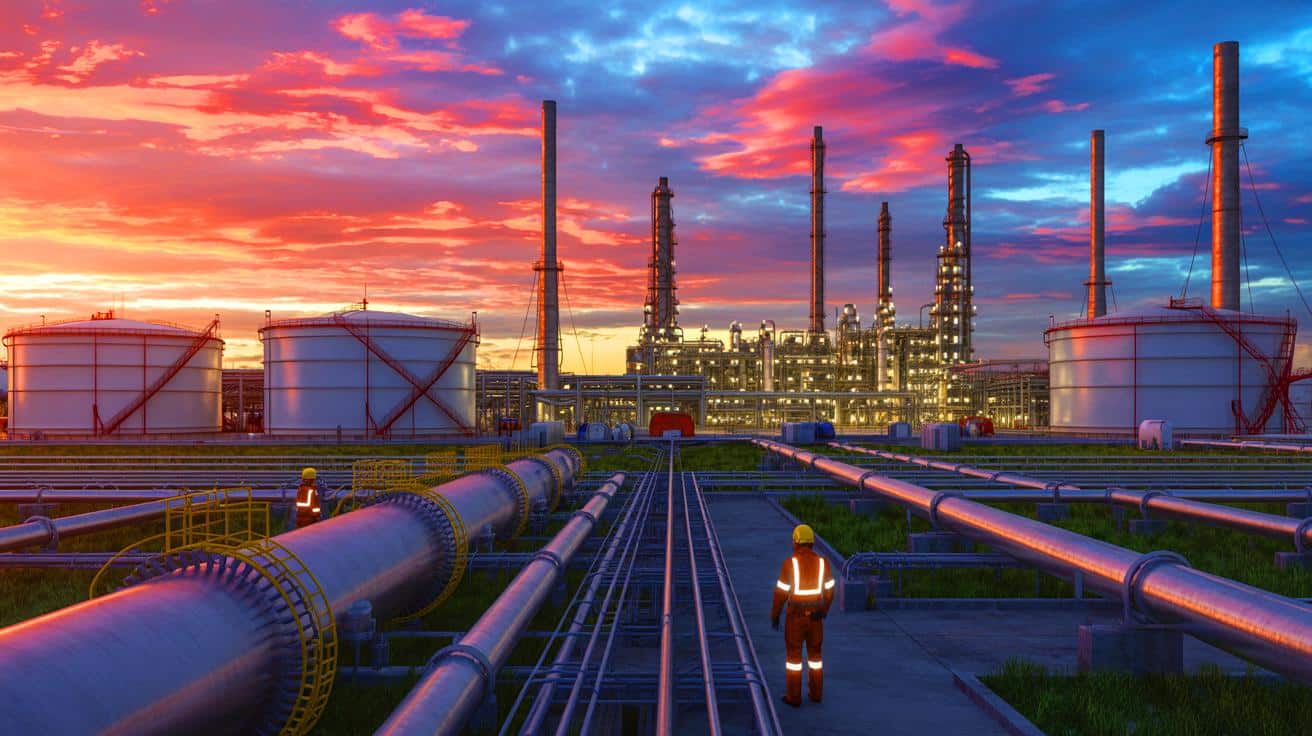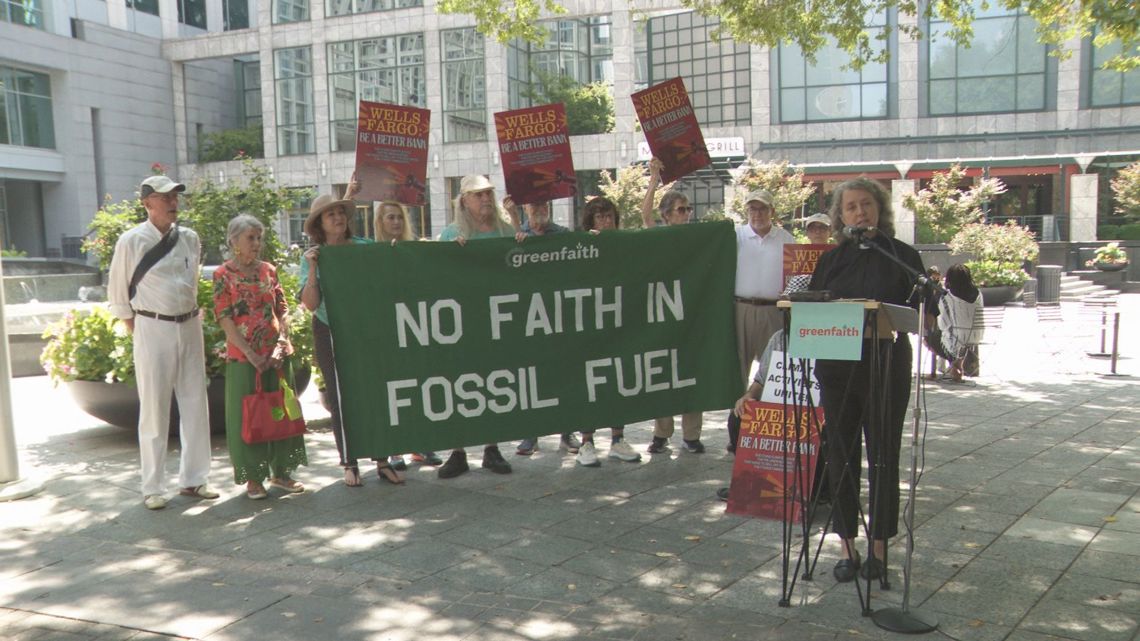| IN A NUTSHELL |
|
Goldman Sachs recently projected a rise in global oil demand, estimating it will reach 113 million barrels per day (mbpd) by 2040, up from 103.5 mbpd in 2024. This forecast reflects increasing global energy needs alongside ongoing challenges in the adoption of low-carbon technologies. As the world grapples with the transition to cleaner energy sources, these projections highlight the complex interplay between energy demand growth and technological advancements. Despite potential downturns due to economic recessions or rapid advancements in low-carbon technology, Goldman Sachs suggests that oil demand may continue to rise, driven by sectors with limited alternatives to oil, such as jet fuel and petrochemicals.
Factors Driving Increased Oil Demand
Goldman Sachs attributes the anticipated growth in oil demand to several key factors. Chief among them is the lack of viable alternatives for sectors heavily reliant on oil, such as aviation and petrochemicals. The aviation industry, in particular, faces significant technological bottlenecks in developing sustainable jet fuel alternatives. Similarly, the petrochemical sector continues to rely on oil as a primary feedstock, with little progress in finding scalable substitutes.
Furthermore, Goldman Sachs notes that global energy demand is set to outpace the displacement of oil, even as road fuel consumption peaks post-2030. This trend suggests that while renewable energy sources are gaining traction, they may not sufficiently replace oil in the short term. Additionally, the bank identifies an indirect 3 mbpd boost in oil demand from artificial intelligence-driven GDP growth by 2040, emphasizing the role of economic expansion in driving energy consumption.
Potential Downside Risks
Despite the bullish outlook, Goldman Sachs acknowledges several downside risks that could alter the trajectory of oil demand. Advancements in low-carbon technologies pose a significant threat to oil consumption. Should these technologies develop more rapidly than anticipated, they could accelerate the transition away from fossil fuels, reducing oil demand.
Economic factors also present risks. Potential recessions could lead to decreased energy consumption, as economic slowdowns typically correlate with reduced industrial activity and transportation needs. Moreover, geopolitical tensions and policy shifts could influence oil markets, affecting both supply and demand dynamics. For instance, sanctions against major oil producers like Russia could disrupt supply chains, impacting global oil availability and prices.
Oil Glut Sparks Price Moderation, Offering Relief to Consumers Amid Recent Gains, Says Birol
Oil Prices and Market Dynamics
Oil prices have remained relatively steady, even as investors balance concerns about global oversupply and geopolitical tensions. Recent fluctuations, including a 4% decline, reflect the market’s response to these competing pressures. Investor sentiment has been influenced by potential sanctions against Russia’s Lukoil, which could further tighten supply if implemented.
Moreover, the relationship between oil prices and market dynamics is complex. While higher prices can incentivize increased production, they can also dampen demand as consumers seek cost-effective alternatives. Conversely, lower prices may spur demand but discourage investment in new production capacity. This delicate balance underscores the interconnected nature of global oil markets, where supply, demand, and geopolitical factors constantly interact.
US Drillers Boost Oil and Gas Rigs Again, Signaling a Shift in Energy Landscape Amid Global Demand
Implications for Energy Transition
The projected rise in oil demand poses significant challenges for global energy transition efforts. As countries strive to meet climate goals and reduce carbon emissions, the continued reliance on oil complicates these objectives. Policymakers face the difficult task of balancing economic growth with environmental sustainability, a challenge exacerbated by the slow pace of technological advancements in key sectors.
Furthermore, the anticipated increase in demand underscores the need for strategic investments in low-carbon technologies and infrastructure. Accelerating the development and deployment of alternatives to oil is crucial for achieving long-term sustainability. This includes enhancing renewable energy capacity, improving energy efficiency, and fostering innovation in transportation and industrial processes.
The future of global energy markets remains uncertain as they navigate these multifaceted challenges. How will policymakers and industries adapt to ensure a sustainable energy future while meeting the growing demand? The answers to these questions will shape the trajectory of global energy consumption and its impact on climate change. As stakeholders weigh these considerations, the path forward will require unprecedented collaboration and innovation across sectors and borders.
This article is based on verified sources and supported by editorial technologies.
Did you like it? 4.5/5 (22)
Source: energy-reporters.com







